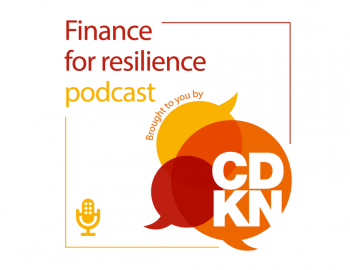Climate attribution science: A useful tool to plan for extreme heat events
Climate attribution science: A useful tool to plan for extreme heat events
This policy brief, from the CDKN Raising Risk Awareness initiative, identifies how climate change attribution science can help to mitigate future extreme heat events and address the needs of those most affected.
Recent studies by Indian meteorologists show that extreme heat events, with abnormally high temperatures for several days, are becoming very common across India from April to June. Extreme heat events can lead to people suffering from dehydration, heat cramps, exhaustion and life-threatening strokes. It can aggravate pre-existing pulmonary and cardiac conditions, kidney disorders and psychiatric illness.
City governments across several states have started to develop heat actions plans in response to the sheer number of people being affected. These plans bring together several government departments, providing a coordinated approach to dealing with vulnerabilities and exposure.
While heat waves differ with geographical location, humidity levels, atmospheric parameters and built-up infrastructure, scientific advances are making it possible to assess the influence of climate change on specific heat events. Climate scientists are now able to attribute heat wave events to climate change with a sufficient level of confidence.
Key messages
- The frequency and magnitude of extreme heat events are increasing in India. This is leading to detrimental health impacts, especially on marginalised communities in urban areas, including dehydration, heat cramps, heat exhaustion and heat stroke.
- Climate scientists are now able to study specific extreme heat events to assess whether they can be attributed to anthropogenic climate change or not. They have found that the heat waves such as the 2015 events in Andhra Pradesh and Telangana have become twice as likely because of anthropogenic climate change.
- Climate attribution studies also help local administrators and other decision-makers prepare better for future extreme heat events and address the needs of those most affected.
- Studies show that peak temperatures rise when air pollution decreases, as aerosols prevent the sun’s heat from reaching the ground. Humidity levels, for instance from irrigation in and around towns, also increase the impacts of extreme heat events on the human body.
- Cities in India are the first in the world to prepare heat action plans. Planners can make better medium- to long-term heat preparedness plans based on attribution studies.
Read the full policy brief here
Photo: Asian Development Bank/Flickr



